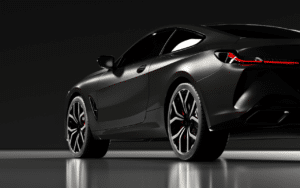

Parallel parking in reverse can be one of the most intimidating maneuvers, especially for new drivers or those lacking confidence. However, mastering this skill is not just a challenge; it’s a crucial necessity for urban driving and parking in tight spots. Let’s have a look at some of the common mistakes drivers make when parallel parking in reverse and provide practical tips on how to avoid them, making this tricky process more manageable.
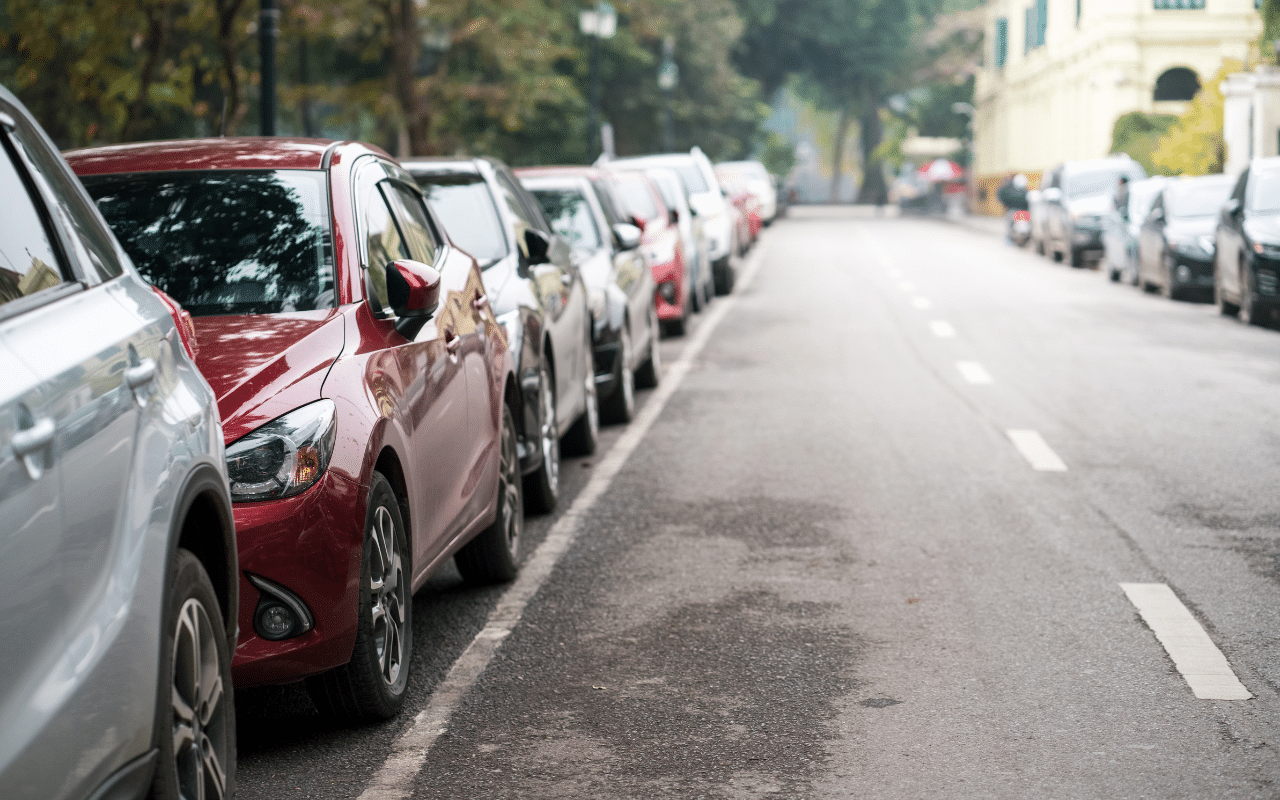
One of the most common mistakes in reverse parallel parking happens before you even start reversing—approaching the parking space at an improper angle. You’re not alone; many drivers begin the maneuver too close to or far from the parked cars.
Position your vehicle: As a general rule, you should pull up beside the car in front of the space, ensuring there’s about one metre between your vehicle and the parked one. The front of your car should be aligned with the other vehicle’s rear bumper.
Check your mirrors: Use your mirrors to gauge the distance from the curb and nearby vehicles. Proper alignment from the start reduces the chance of scraping another car or the curb.

Parallel parking is about more than just the space in front of you. Awareness of your surroundings, including cars, pedestrians, and cyclists, is vital. Many drivers focus solely on their mirrors and miss potential hazards in their blind spots.
Use the “360-degree check”: Before starting your reverse, look over your shoulders, check your mirrors, and glance around the vehicle to assess any risks.
Practice good timing: Be mindful of passing vehicles and pedestrians, especially in busy city areas. If you’re unsure about a gap, waiting a few extra seconds is safer than risking a collision.
Oversteering or Understeering: One of the biggest mistakes when reversing into a parallel parking spot is misjudging how much to turn the steering wheel. Oversteering can cause the car to angle too sharply toward the curb, while understeering may result in not turning enough, leaving the car too far from the curb.
Turn the wheel at the right moment: As you reverse, turn the steering wheel sharply when the rear wheels align with the back of the parked car next to you. Keep an eye on how close your vehicle is getting to the curb.
Adjust as needed: Making minor adjustments is okay if you’re not aligned with the curb after your first turn. Pull forward and straighten out if necessary.
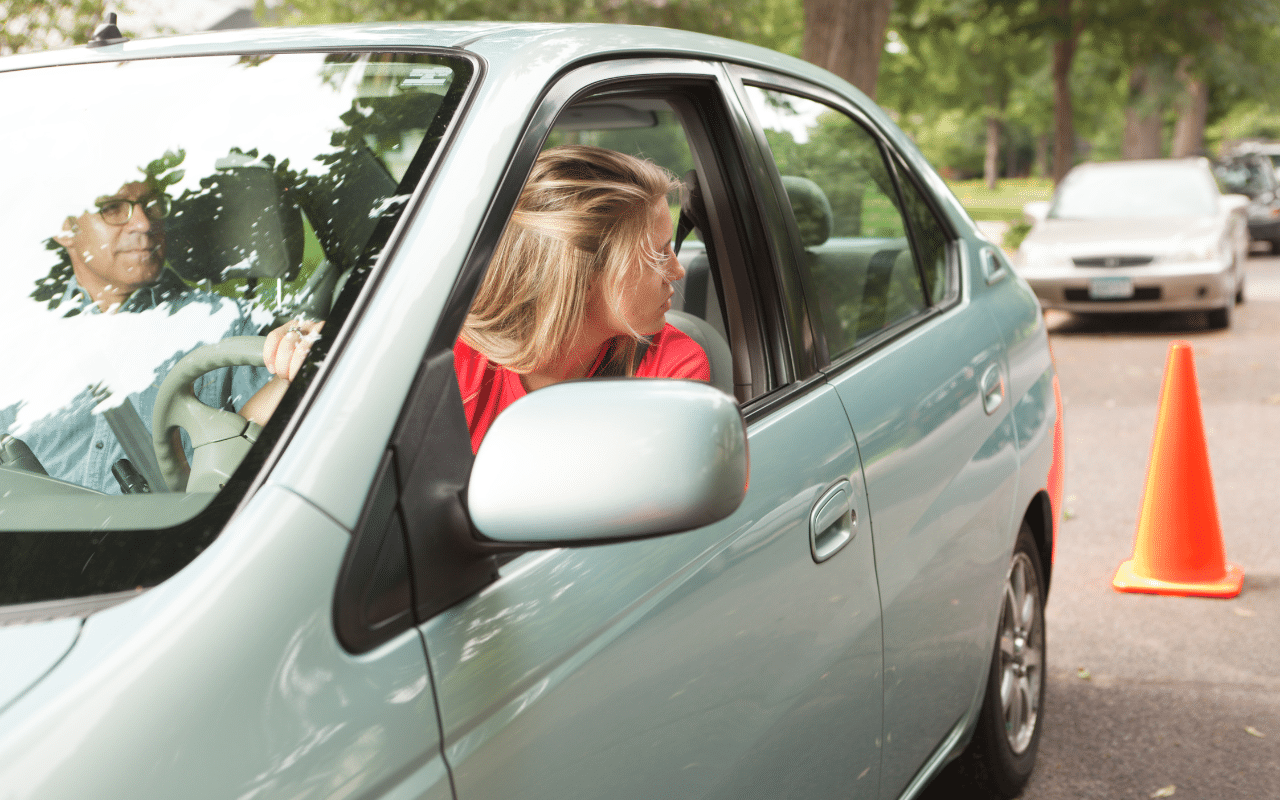
It’s easy to feel rushed when parallel parking, especially if there’s traffic waiting behind you. However, many drivers reverse too quickly, which increases the likelihood of errors like hitting the curb or needing more time to correct their position.
Take it slow: Keep your reverse speed low. This allows you to make minor corrections and avoid rushing through the maneuver.
Stay calm under pressure: If traffic is building up behind you, don’t let it affect your parking. The priority is getting into the spot safely and doing it slowly. Remember, other drivers will understand, and your safety is paramount.
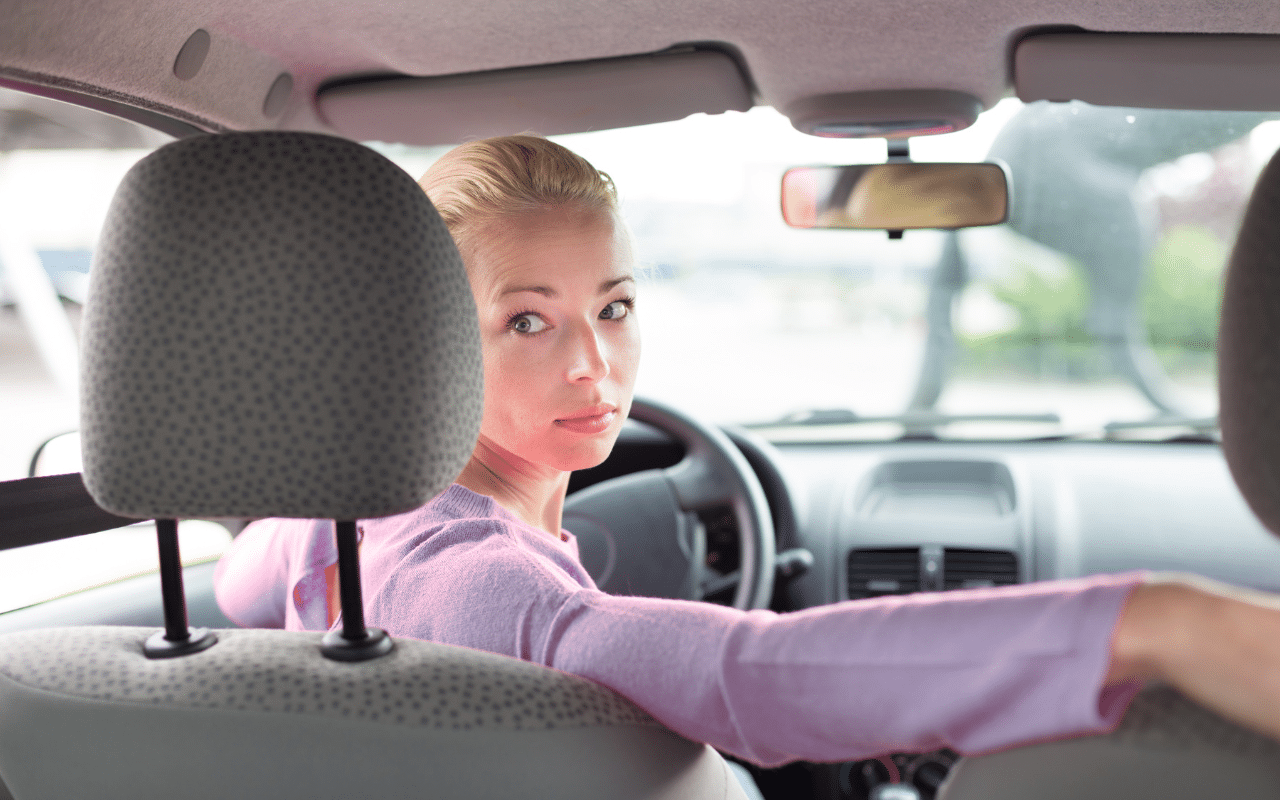
Many drivers attempt to parallel park in spaces that are either too small or too large, leading to awkward parking situations or even minor collisions. This mistake often happens when drivers need more confidence in gauging the length of the space relative to their car.
Assess the space: A good rule of thumb is to find a space that’s at least one and a half times the length of your vehicle. Anything smaller might leave you struggling to fit, while much larger spaces may require extra maneuvering.
Use visual cues: Look for markers such as the position of parked cars, the curb, or landmarks to help judge the size of the space and ensure your vehicle will fit comfortably.
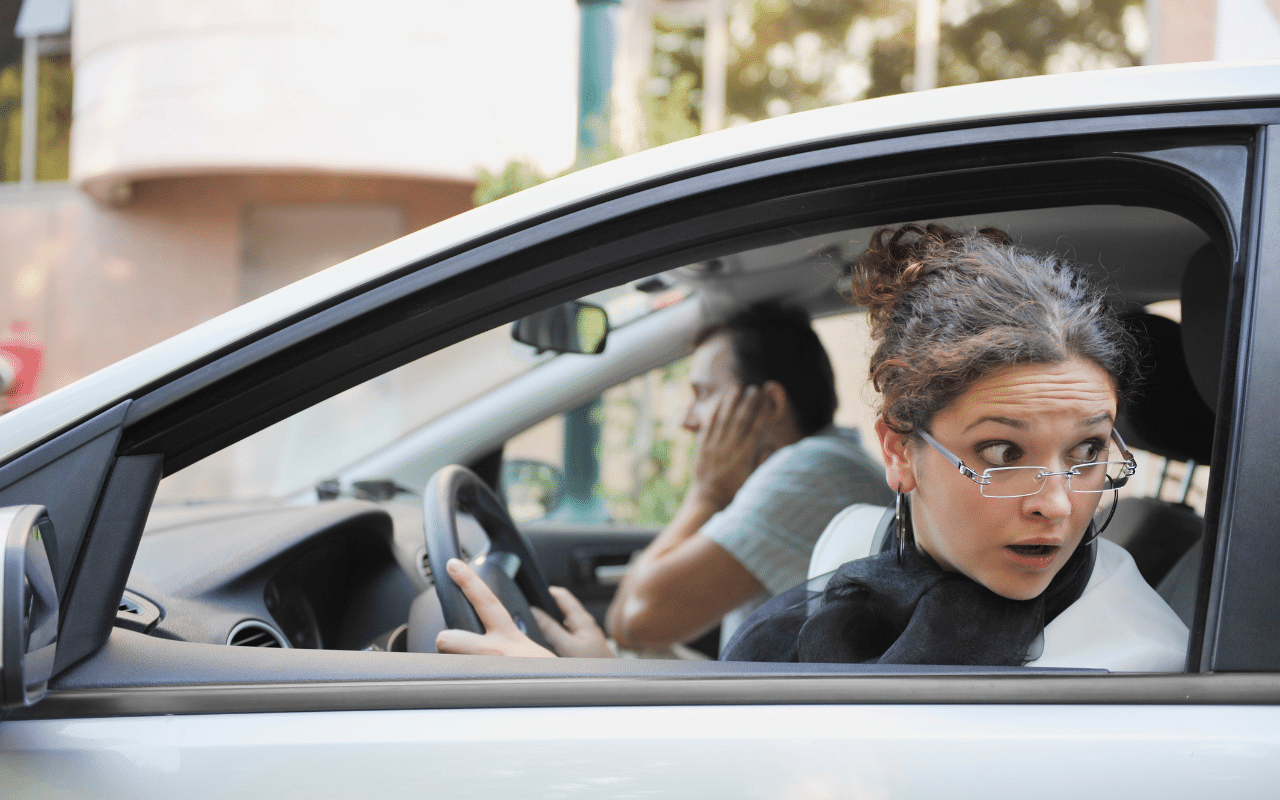
After backing into a space, many drivers must remember to straighten the wheels, which can make the car awkwardly angled. This can lead to difficulty exiting the space or potentially obstructing traffic.
Straighten your wheels early: As you finish reversing, once the car is properly aligned with the curb, turn the steering wheel to straighten the tyres. This ensures your vehicle is parallel to the curb and ready to drive forward smoothly when you exit the spot.
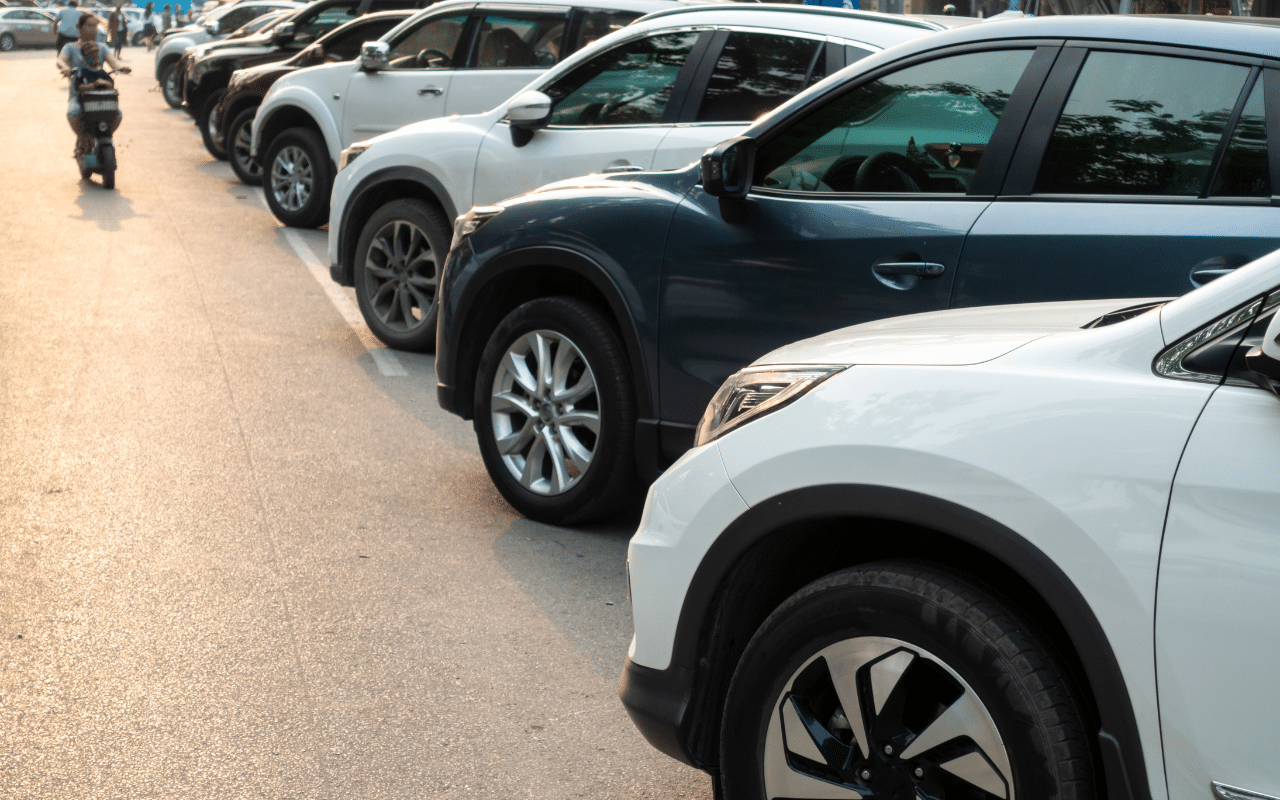
One of the most frustrating mistakes when parallel parking is hitting the curb. Not only can this damage your tyres, but it can also force you to restart the maneuver, causing inconvenience to you and potentially to other drivers. Avoiding this mistake by using your reference points and reversing slowly is important.
Know your reference points: Use the rear-view and side mirrors to monitor the distance between your car and the curb. You should also know where your rear wheels are positioned relative to the space.
Reverse slowly: Again, taking your time is key. By reversing slowly, you can stop or adjust if you’re too close to the curb.
Relying Too Much on Technology: Modern cars often have parking assist systems, including sensors and cameras. While these are helpful, relying solely on them can lead to overconfidence. Technology can fail, and nothing replaces the driver’s judgment and skill.
Use a balance of tools: Parking sensors and cameras can help, but only rely on them with little effort. Use your mirrors and visual judgment to ensure you’re parking safely.
Practice without assistance: It’s a good idea to practice parallel parking in a safe, open area without relying on technology. This will build your confidence and ability to park without assistance.
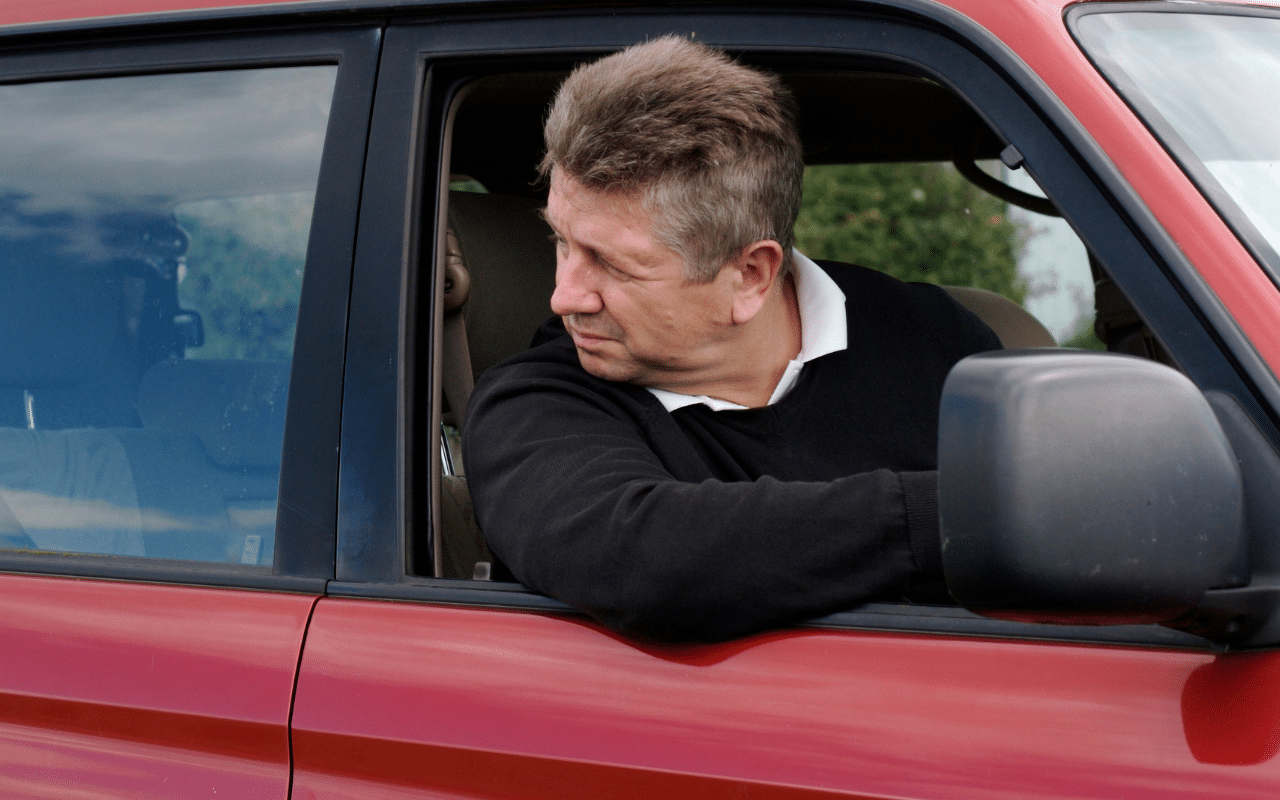
Many drivers panic if they don’t get the maneuver right on the first try and give up. This can lead to poor parking, blocking traffic, or even parking far away to avoid parallel parking.
Be bold and adjust: Pulling out and starting over is fine if you’ve misjudged the angle or distance. Experienced drivers often make minor adjustments during parallel parking.
Remember, parking takes practice, and it’s okay to make mistakes. With time and repeated effort, your confidence and skill will grow. So, stay patient and keep practising. You’ll find that parallel parking in reverse doesn’t have to be a stressful experience. If you don’t make these common mistakes and follow the tips given, you’ll find it easier and faster. Parallel parking in reverse doesn’t have to be a stressful experience. It will be easier and faster for you if you don’t make these usual mistakes and follow the tips. Whether driving in the CBD or navigating the parking lots of small Australian towns, mastering this skill can make urban driving far more manageable.
Remember, practice is key! As you gain more experience, you’ll develop your methods and feel more comfortable executing the perfect reverse parallel park. You can find more interesting blogs here at Speed Humps Australia.

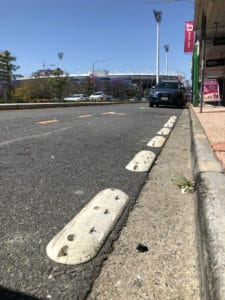

For 10 years, our focus has been on one thing: to provide one style of product and to do it well.
Our wheel stops, speed humps and rumble bars meet Australian Standards, don’t fade, and we’ve never needed to replace one.

For 10 years, our focus has been on one thing: to provide one style of product and to do it well.
Our wheel stops, speed humps and rumble bars meet Australian Standards, don’t fade, and we’ve never needed to replace one.